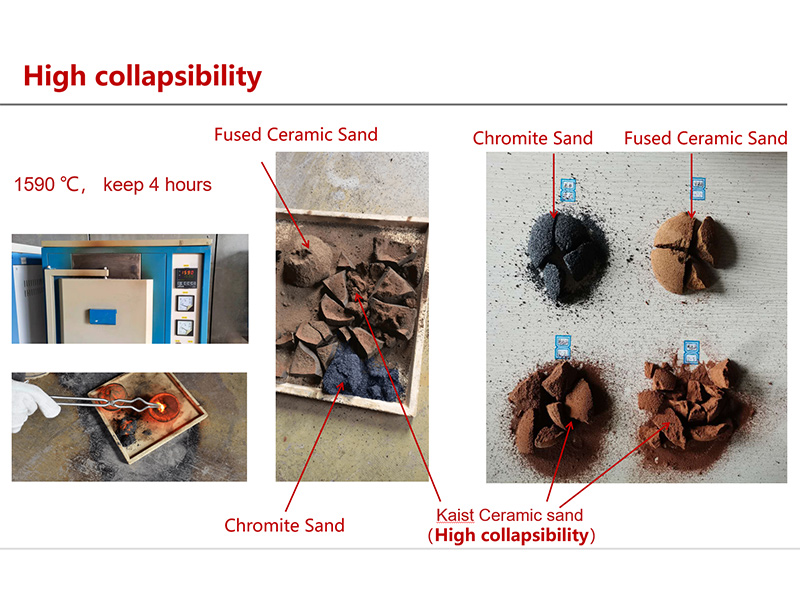Low Volume Sand Casting A Cost-Effective Solution for Custom Manufacturing
In the world of manufacturing, the quest for cost-effective and efficient production methods is ever-present, particularly for companies looking to create specialized parts in low quantities. One of the most versatile and widely used techniques for producing metal components in small batches is low volume sand casting. This method not only supports flexibility in design but also provides significant economic advantages over other manufacturing processes, especially for prototypes and custom parts.
Understanding Low Volume Sand Casting
Sand casting involves pouring molten metal into a mold made from sand. This process has been around for centuries and remains a popular choice for many industries due to its simplicity and adaptability. Low volume sand casting specifically refers to the production of parts in smaller quantities—often ranging from a handful to a few hundred pieces. This method is particularly advantageous for businesses that require unique components or are testing new designs before committing to larger production runs.
Advantages of Low Volume Sand Casting
1. Cost-Effectiveness One of the primary benefits of using low volume sand casting is the lower cost compared to traditional manufacturing methods like injection molding or die casting. The initial investment for sand molds is significantly less, particularly if using reusable patterns. This makes it an ideal choice for startups and small businesses seeking to minimize expenses.
2. Design Flexibility Sand casting is highly adaptable, allowing for intricate and complex geometries that may be challenging to achieve with other methods. Designers can create parts with various thicknesses, shapes, and internal structures. This flexibility is crucial for industries such as aerospace and automotive, where custom components are often necessary.
3. Short Lead Times The sand casting process typically has a quicker turnaround time from design to finished product. Manufacturers can rapidly develop prototypes or limited runs, enabling businesses to test concepts and gather feedback more efficiently.
low volume sand casting

4. Material Variety Low volume sand casting can accommodate a wide range of materials, including aluminum, bronze, and iron. This versatility allows engineers to select the optimal material for their application, which can be critical for part performance and durability.
5. Sustainability With growing concerns about environmental impact, sand casting can be a more sustainable manufacturing option. The process generates less waste compared to many other methods, and the sand used in molds can often be reused multiple times, further conserving resources.
Applications of Low Volume Sand Casting
Several industries actively utilize low volume sand casting for their manufacturing needs. The automotive industry frequently employs this process to produce custom engine components, brackets, and housings when quantities are limited. Similarly, the aerospace sector often requires specialized parts that must meet stringent safety and performance standards, making low volume sand casting an ideal solution for their production needs. Additionally, the artistic and decorative sectors benefit from the intricate designs achievable through sand casting, allowing for custom sculptures and artifacts.
Challenges and Considerations
While low volume sand casting boasts numerous advantages, there are some challenges to consider. The surface finish of cast parts may not be as smooth as that achieved through machining, and some post-casting finishing processes may be necessary. Moreover, the mechanical properties of cast metal can vary based on the cooling rates and sand quality, necessitating strict quality control measures during production.
Conclusion
Low volume sand casting is a viable and cost-effective manufacturing method that provides a wide array of benefits for companies requiring custom parts in smaller quantities. With its design flexibility, quick lead times, and variety of material options, it stands out as an ideal choice for many industries. As technology continues to evolve, integrating modern advancements such as 3D printing for mold making could further enhance the capabilities and efficiency of sand casting, opening even more doors for innovation in custom manufacturing. Whether for prototyping or low-run production, low volume sand casting remains a prevalent solution in the landscape of modern manufacturing.
Post time:Nov . 29, 2024 18:38
Next:Affordable Sand Casting Solutions for Your Custom Manufacturing Needs
